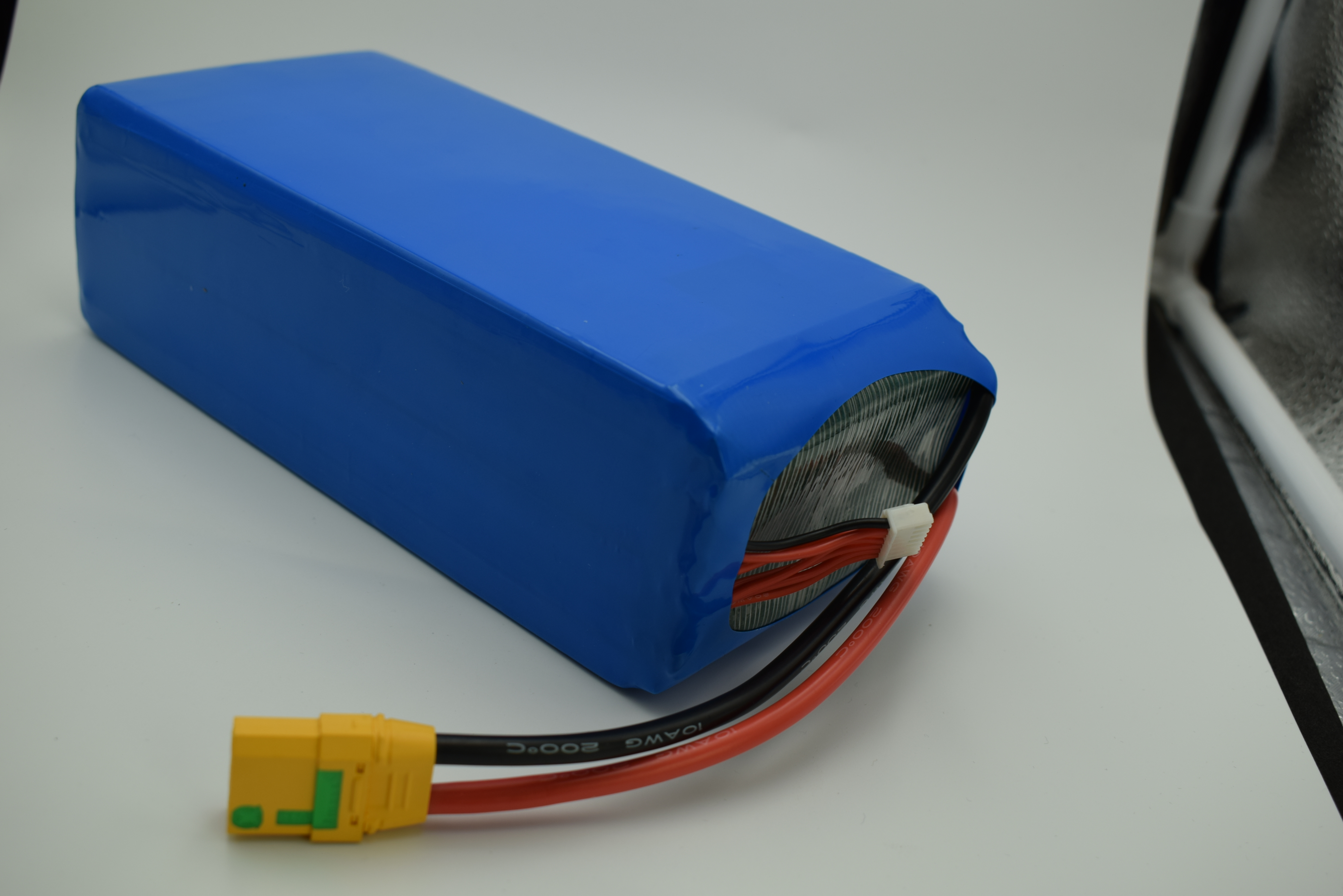What conditions affect the performance of lithium batteries?
1: Discharge current
The size of the discharge current, the impact on the lithium battery, different lithium batteries support different discharge rates, usually 0.2C, 0.5C 1C 3C 5C 10C 20C and other discharge rates, the same type of batteries, in different discharge Under the magnification rate, the capacity retention rate is different. The larger the discharge rate, the less the discharged capacity. Therefore, when choosing a lithium battery, pay attention to choosing a battery suitable for the load working current. Of course, a battery with a larger discharge rate will have a lower nominal capacity and a relatively lower energy density. The internal tabs and welding positions, the better the current flow, and the smaller the battery’s internal resistance. For the same battery, long-term high-rate discharge has an impact on the cycle life, and the cycle life will decay faster.
2: Charging current
What effect does the charging current have on the lithium battery? Generally, the recommended charging rate for lithium batteries is 0.2C. For example, a 10Ah lithium battery generally uses 2A charging current. 0.5C charging is also used in many applications. Of course, there are many fast charging solutions on the market, 1C-2C solutions, Fully charged in 30 minutes and charged in 40 minutes. The charging current has a greater impact on the capacity retention rate, cycle life and safety of the battery. The larger the charging current, the smaller the actual charged capacity and the greater the cycle life degradation. Safety will also decrease. Everyone knows that most of the burning accidents of lithium batteries occur during battery charging.
However, the length of the charging time directly affects the customer’s experience. What should we do? For our specific projects and specific application scenarios, we have to choose the most suitable project itself.
3: Working temperature
Generally, the charging temperature of a conventional lithium battery is 0~45 degrees, and the discharge temperature is -20~60 degrees. In low temperature conditions, the lithium ion is not active enough, the temperature is too high, and the lithium ion is too active, so the lithium battery generally has a clear The operating temperature range of the lithium battery is high, the energy density is high, and the stored energy is large, but it is also very fragile. How to use it in strict accordance with the manufacturer’s instructions. In the low temperature state, charging will cause lithium precipitation. Lithium metal will precipitate on the surface of the battery anode, forming dendrites, piercing the diaphragm between the anode and the cathode, causing a short circuit inside the cell, causing heating, burning, or even explosion. With technological innovation and improved electrolyte, special lithium batteries can now be charged at -20 to 45 degrees and discharged at -50 to 60 degrees. Of course, the cost will be higher.
The influence of temperature on battery discharge performance, the lower the working temperature, the less the discharged capacity will be when tested with the same current. Lithium batteries of different materials have different capacity retention rates at the same temperature, about -20 degrees. , Ternary lithium batteries generally have a capacity retention rate of about 80%, and lithium iron phosphate is generally about 60%.
The current low-temperature lithium battery has a capacity retention rate of -40°C and 0.5C, which is about 80%. The low-temperature and high-rate can reach 1C and 3C low-temperature discharge. How does it perform at high temperatures? Within the maximum temperature specified by the manufacturer, it has little effect on the capacity, but long-term high temperature work also affects the cycle life of the battery. There are many batteries on the market that are known as high temperature. Yunsheng Electronic Technology has basically tested them. It is said to be a sneaky replacement of the concept. You must know that lithium batteries can work at high temperatures in a short period of time, and there is no abnormality on the surface. Long-term testing is prone to bulging, liquid leakage, and fire.
4: Working condition
Different working conditions actually have a greater impact on lithium batteries. Like the digital products we use daily, they are charged once a day, full at night, and light during the day. This is deep charging and deep discharging, like our solar photovoltaic energy storage. Discharging a little electricity, it will be charged back immediately, this situation is the submerged charge and submerged release. The first situation has a greater impact on the life of the lithium battery, and the cycle life attenuation is more severe.
Post time: Oct-20-2020





